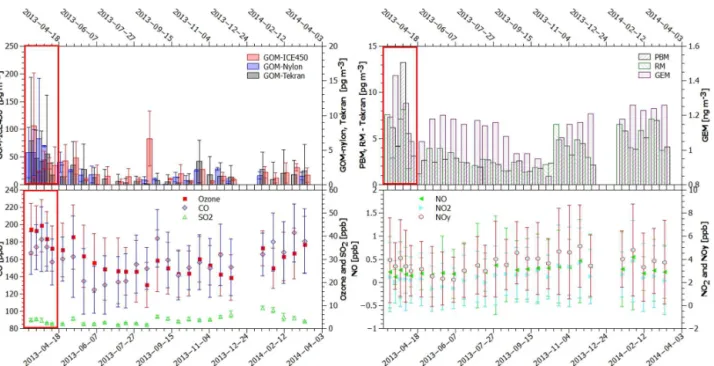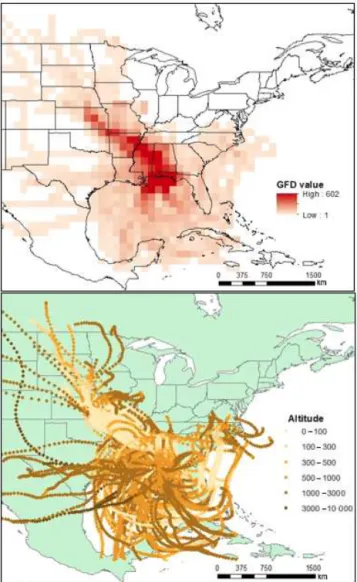Deciphering potential chemical compounds of gaseous oxidized mercury in Florida, USA
Texto
Imagem




Documentos relacionados
Para determinar o teor em água, a fonte emite neutrões, quer a partir da superfície do terreno (“transmissão indireta”), quer a partir do interior do mesmo
Concentrations of organic (OrgHg) and inorganic mercury (InorgHg) were assessed in different fish tissues (liver, muscle, kidney, gut and gonads) and trophic levels collected in
In this study, the chemical composition and sources of carboxylates and other water-soluble ions in fine and coarse aerosols as well as estimates of particle dry deposition fluxes
Diferentemente da reabilitação convencional, na qual o retorno completo da função poderá não ser possível, a reabilitação atlética combina o exercício e as
Since only anthropogenic emis- sions contribute to the emissions of oxidized mercury, sig- nificant overprediction of surface air concentrations of Hg 2+ and Hg p and wet deposition
use of alternative sets of boundary concentrations for mercury species; e ff ect of alter- ing boundary concentrations of mercury at high altitudes; tracers showing the contribu-
The significant differences in the female digested urine nitrogen from that of the male and the composite from the 2nd to 5th months of storage can be ascribed to the
Because of the remarkably low DOC concentrations in groundwater emanating as spring discharge, Florida springs are ideal systems to study organic carbon dynamics in flow- ing